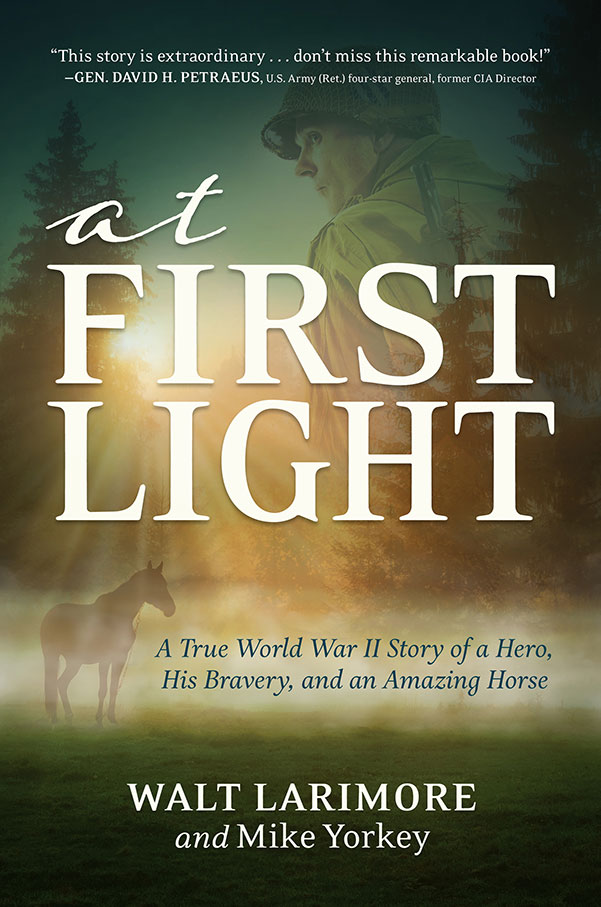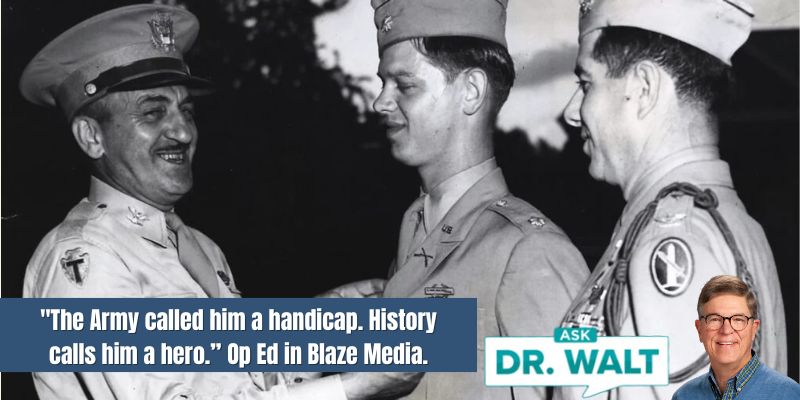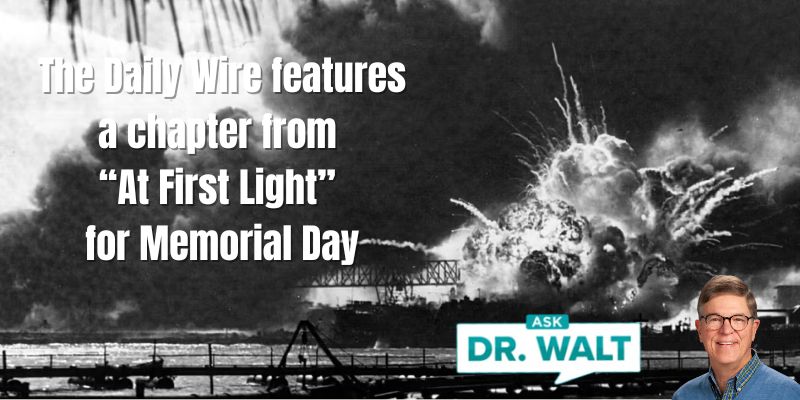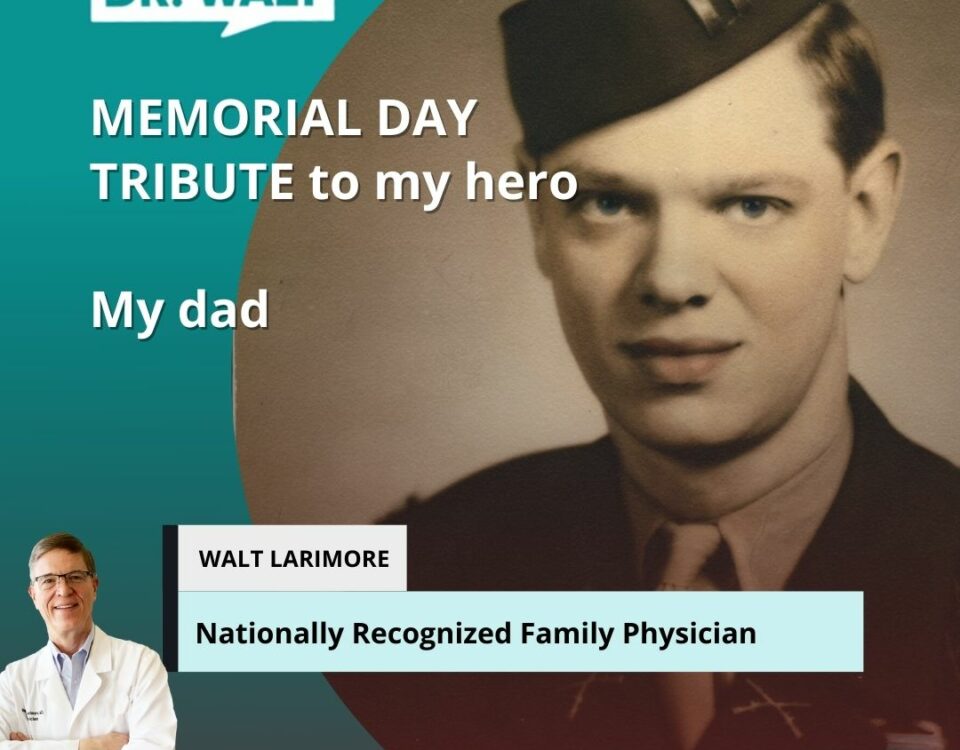
September 4, 1944 – The Germans were in full retreat and greatly disorganized
September 4, 2024
September 6, 1944 – “Get your asses out of the mud! Let’s kick some Kraut butt!”
September 6, 2024After regrouping and resupplying its forces on 3 September, VI Corps had begun its drive northeast on the 4th of September, 1944, heading in the general direction of Besançon on the Doubs River about fifty miles away. Initially General O’Daniel’s 3rd Division led the attack with Dahlquist’s 36th Division on the left and Eagles’ 45th Division in the rear. They would begin to assemble around Besançon on 5 September[1]

Germans Rush in Reinforcements
The German 159th Infantry Division was rushed into Besançon to man the seven Vauban forts surrounding the city. Its orders: hold for 10 days to protect the retreat. As they approached, Marne-men were deployed for action. The 15th snagged a bridge across the Doubs and Dad’s 3rd Battalion, 30th Infantry Regiment, crossed to Besançon north side while the 1st Battalion closed in from the south. After some ferocious fighting, those 10 days were, to the chagrin of Hitler, whittled down to three.[2]
~~~~~
Besançon Fortified by Seven Ancient Forts
Besançon was an almost ideal defensive position. A fortress built by nature and improved by centuries of generations of military engineers, the industrial heart of the city was guarded by a great loop in the river, while the main approaches were dominated by one major fort, La Citadelle.[3]
~~~~~
Besançon was a key communication and road net center, as well as an important industrial city of approximately 80,000 persons in peacetime. It is divided by the Doubs River, with the industrial and most valuable section situated in the loop south of the river.
This loop has a bottleneck opening, solidly guarded by a huge Vauban-designed fort, La Citadelle, which in turn is supported by four minor forts—Fort Tosey on the southwest, Fort des Trois Chatels on the southeast, and two other forts at a high elevation across the river; Fort Bregille on the northeast and Fort Chaudanne on the west,
These forts were built in the 17th Century. La Citadelle alone took six years to complete (1667-1673). Its aspect is formidable to an attacker, presenting an extremely thick walls surrounded by moats, and being situated on high ground which commands all avenues of approach.[4]
~~~~~
The Germans believed these thick-walled, moated structures were capable of withstanding the heaviest artillery fire and air bombardment. Other, smaller forts were situated at key positions elsewhere in the city; manning the whole defensive system, the Germans had an estimated 3,000 troops.[3]
Were the GIs Going to Bog Down?
The American advance was beginning to lose momentum and the commanders worried about quickly becoming bogged down. Not only were their formidable logistic problems to overcome—with Lyons 70 miles to the rear and the main Allied supply depots still on the beaches, over 250 miles away—but the enemy had blown many bridges, making necessary long detours over muddy, barely negotiable tracks, it was nevertheless still rapid enough to throw the whole German withdrawal plan into jeopardy.[1]
By September 5th, the bulk of VI Corps was concentrated south-east of the city; the 3rd Division had moved up to the centre of the VI Corps line to launch an attack from the south, while the 36th Division moved round to the north-west and the 45th to the north-east.
While the 3rd Division closed in and occupied the high ground on three sides of Besançon, the 7th Infantry captured a vital bridge on the left and a battalion of the 30th Infantry crossed swamp land to the north-east of the city, taking a village and a fort.
From this vantage point, tanks, tank destroyers, and artillery were able to pour a withering fire into the columns of enemy vehicles struggling to escape along the Belfort road.
As darkness fell, a 2-mile stretch of the route was lit up by a lurid firework display of flares, exploding ammunition and igniting fuel tanks as the American shells found their targets.[3]
Besançon Battle Shaping Up to be a “Doozy”
The Battle for Besancon was taking shape like the battles on Anzio. The German Army wasn’t giving up this territory for a cheap price.
All the bridges were blown out across the Doubs River which makes a big arc encircling the town. I think there were about four bridges connecting the center of town to the outer town.
There was also a castle type fortress built in early days from which nearly all of Besancon could be viewed.
I am no expert in this. I am telling you what happened in my words. Many rounds of mortars and artillery and small arms fire were poured into this battle.
Our side suffered a great number of casualties, luckily not in our platoon.
The history book stated that 1600 rounds of mortar fire and three truckloads of other ammo was expended in this battle which lasted 22 hours to take the city.
It seemed longer than that to me.
If you let your mind go wild, you can imagine the noise and odor of gun powder. Realize too that the German army was tossing back stuff too–lots of it–in a stiff necked resistance. This was a very strategic town.
The German army was still at near full strength. They had the advantage of knowing the territory.[5]
~~~~~
Building an Assault Bridge Piecemeal
The engineers ran out of Bailey bridge material to repair a bridge which was destroyed by the retreating German troops. One or two more sections were needed to complete the span.
My platoon was ordered to construct some sort of foot bridge so our troops could cross. The river at this place was deep with the sides built straight up and down. It required a ladder on the far side.
The bridge had fallen into the river leaving debris scattered all over from the explosion. I could see unexploded blocks of their TNT. Their blocks are pink in color. There could be a delayed fuse to finish the job. We didn’t flinch at this prospect.
We found lumber that was strewn about. Pieces about six feet long and about a foot wide and 4 inches thick. It was ideal. The pieces probably came from a destroyed stair case to the river.
My squad laid these pieces side by side on some fallen girders and it made a perfect walkway to the steep cemented bank. Somewhere we found a ladder for the troops to scale the far side.[5]
~~~~~
The German Defenses Begin to Crack
One battalion of 3rd Division troops crossed the one bridge over the Doubs, while two others were sent after the towering citadel guarding Besancon.
The old fort has never intended to withstand the shock of modern artillery. Troops crawling up the slopes got a 155 howitzer into position and pounded at the walls. The old walls held, but the German troops within couldn’t. On one side they filed out under a white flag.[6]
~~~~~
One Nazi beat the rap on this front, according to a note found near the body. He was a colonel, a commander, and he wrote, “There is no chance. I can’t admit defeat so I must leave.” Then he put a bullet through his own head.[7]
~~~~~
Major General Schmidt, much decorating German officer, was no different from legions of lesser Germans—he fell before the bullet of some Third Division soldier.
Riding in a sedan and a convoy, the parade encountered a group of Third Divisioners preparing a roadblock. The Yanks opened up and while inspecting the debris later, the body of General Schmidt was found.
A rifle bullet in the chest finished him.[8]
~~~~~
Tomorrow Phil and his best friend, Ross Calvert, would be in a fight for their lives. They tried to stay warm as a cold rain pelted them.
~~~~~
[1] Clarke, 186, and Heefner. Dogface Soldier, 208
[2] Clarke, 188.
[3] Turner, 71-72.
[4] Taggart, 224-225.
[5] Sgt. Norman Mohar’s WWII Story. In: Chapter 7.
[6] Famed Citadel Fell to Third Division. Beachhead News. Souvenir Edition. Vol.1, No. 100. Sunday, October 15, 1944. Page 2.
[7] Nazi Commander Found. Suicide After Battle. Beachhead News. Souvenir Edition. Vol.1, No. 100. Sunday, October 15, 1944. Page 4.
[8] Ibid.
In case you haven’t read or listened to Dad’s book, you can learn more or order it here.
© Copyright WLL, INC. 2024.




